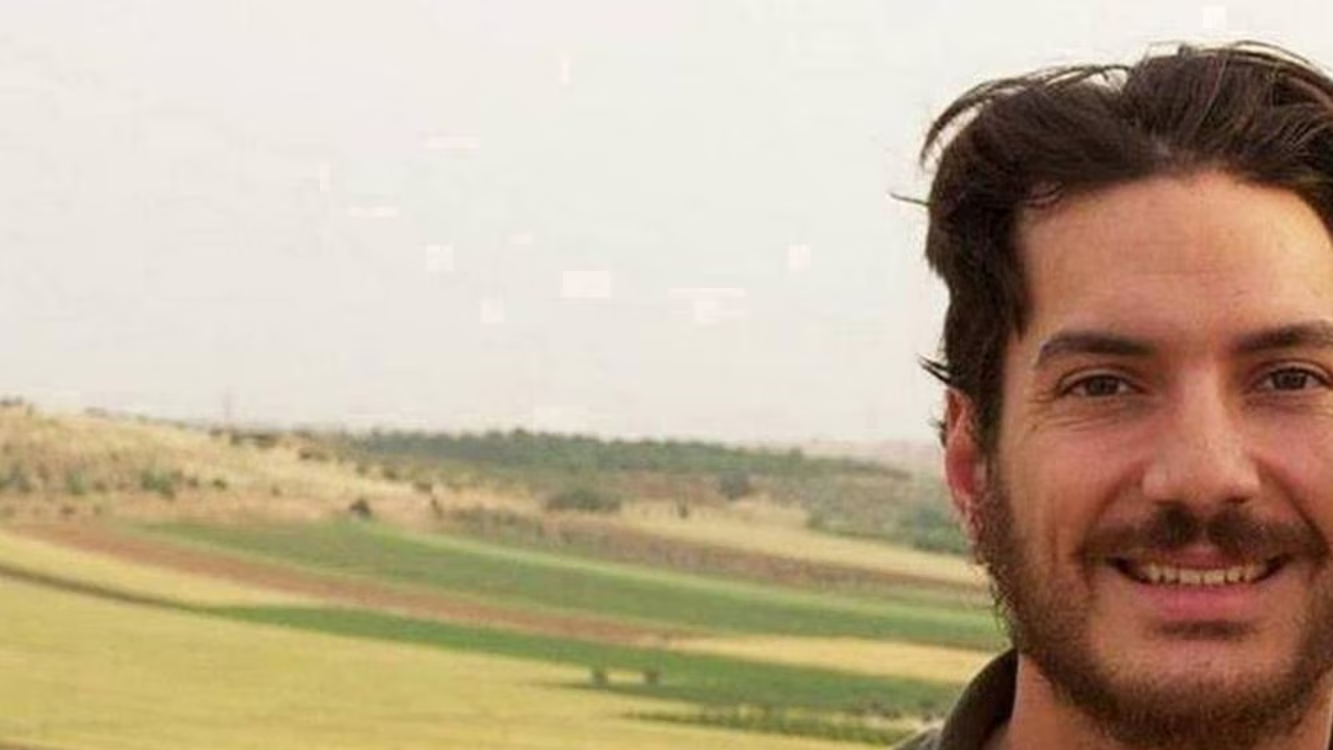LONDON — The U.S. is communicating with rebel groups inside Syria amid the search for missing American journalist Austin Tice, State Department spokesperson Matthew Miller said Tuesday, as the prisons of former President Bashar Assad empty and more evidence of alleged atrocities emerges.
Miller told journalists at a Tuesday briefing, “We do continue to believe that he is alive and we continue to make clear in all of our conversations, either with entities on the ground in Syria or with entities that may be in communication with those on the ground in Syria, that we have no higher priority than the safe return of Austin Tice to his family.”
The U.S. has expressed its desire to find Tice to the lead Syrian rebel group now guiding the transition of power in Damascus, Hayat Tahrir al-Sham — led by Abu Mohammad al-Jolani, real name Ahmed Al-Sharaa — Miller said.
“It is a message that we have sent to HTS,” Miller told reporters. The group has its roots in Al-Qaeda and is a designated terrorist organization in the U.S. and the European Union. Jolani himself is still the subject of a $10 million U.S. bounty.

This file photo shows U.S. journalist Austin Tice who went missing in Syria in 2012.
Fort Worth Star-Telegram/Tribune News Service via Getty Images
“We have sent very clearly the message that as they move through Syria liberating prisons, that our top priority is the return of Austin Tice,” Miller continued. “We want anyone who is operating on the ground in Syria to be on the lookout for him and if so — if they do find him, to help return him to us safely and as soon as possible.”
Tice went missing while reporting in Syria in 2012. The journalist is believed to have been kidnapped at a checkpoint in a contested area west of Damascus. His whereabouts and the identity of his abductors is unknown, though U.S. officials have previously said they believe Tice was being held by Syrian government forces.
The collapse of the Assad regime raised hopes that Tice would be found. “We believe he’s alive,” President Joe Biden said on Sunday. “We think we can get him back, but we have no direct evidence of that yet.”
On Monday, the State Department increased its reward for information on Tice to $10 million. The State Department also offered relocation for anyone with information that helped find and recover Tice.
Roger Carstens, the special presidential envoy for hostage affairs, also traveled to the Middle East to hold talks with regional officials to “get him home as soon as possible,” Miller said on Monday.

Marc Tice (L) and Debra Tice (R) — the parents of Austin Tice, a journalist who was kidnapped in Syria in 2012 — are pictured during a news conference at the National Press Club in Washington, D.C., on Dec. 6, 2024.
Debra and Marc Tice — Austin’s parents — released a statement urging “anyone who can do so to please assist Austin so he can safely return home to our family” following the collapse of the Assad government.
“We are watching the events unfold in Syria and seeing families reunited with their loved ones after years of separation,” said a statement released via the Press Freedom Center at the National Press Club.
“We know this is possible for our family, too,” they added. “Austin Tice is alive, in Syria, and it’s time for him to come home. We are eagerly anticipating seeing Austin walk free.”
Tice is one of the 157,000 people disappeared into the bowels of Assad’s totalitarian state between 2011 and 2024, per an estimate by the Syrian Network for Human Rights.

This aerial photo shows people gathering at the Saydnaya prison in Damascus, Syria, on Dec. 9, 2024.
Omar Haj Kadour/AFP via Getty Images
Rebel fighters surging south from Idlib and north from Daraa emptied government prisons as they advanced on Damascus at the close of an 11-day surprise offensive.
There, the infamous Saydnaya prison — once described as the “Human Slaughterhouse” by Amnesty International — became a rallying point for the hopeful family and friends of the missing.
Rebel fighters and Damascenes rushed through the facility, freeing groups of men, women and children from cells.
The Syrian Civil Defence, also known as the White Helmets, said that rumors of hidden underground cells proved unfounded. But rescuers said they found evidence of the regime’s vast torture apparatus as well as the bodies of those who did not live to see its fall.
Among them was famed anti-government activist Mazen Al-Hamada, who had been held in Saydnaya since February 2020.

Syrian opposition fighters sit for ice cream in the old part of Damascus, Syria, on Dec. 10, 2024.
Louai Beshara/AFP via Getty Images
ABC News’ Dee Carden and Camilla Alcini contributed to this report.



